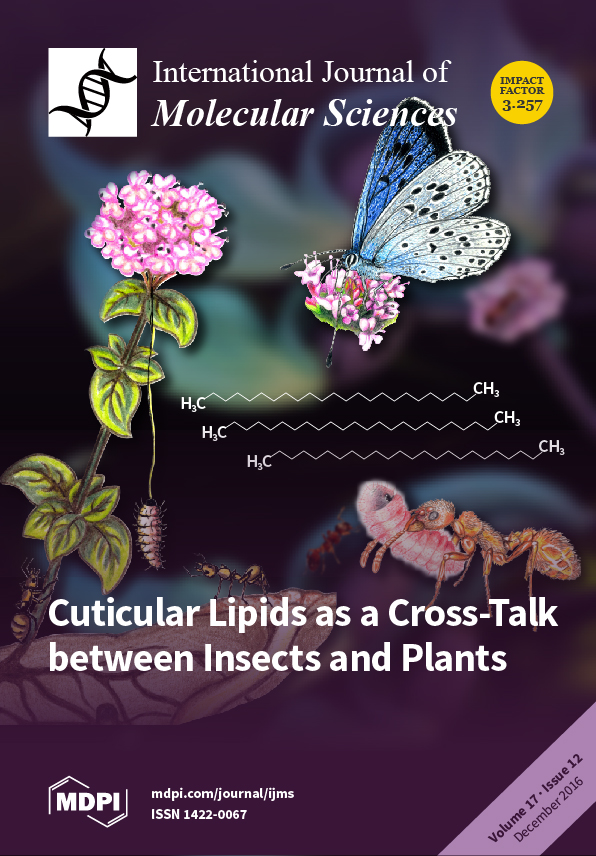We aimed to clarify the association between a novel serum fibrosis marker,
Wisteria floribunda agglutinin-positive Mac-2-binding protein (WFA
+-M2BP), and hepatocellular carcinoma (HCC) development in 355 patients with chronic hepatitis C who achieved sustained virologic response (SVR) through interferon-based antiviral therapy. Pretreatment
[...] Read more.
We aimed to clarify the association between a novel serum fibrosis marker,
Wisteria floribunda agglutinin-positive Mac-2-binding protein (WFA
+-M2BP), and hepatocellular carcinoma (HCC) development in 355 patients with chronic hepatitis C who achieved sustained virologic response (SVR) through interferon-based antiviral therapy. Pretreatment serum WFA
+-M2BP levels were quantified and the hazard ratios (HRs) for HCC development were retrospectively analyzed by Cox proportional hazard analysis. During the median follow-up time of 2.9 years, 12 patients developed HCC. Multivariate analysis demonstrated that high serum WFA
+-M2BP (≥2.80 cut off index (COI), HR = 15.20,
p = 0.013) and high fibrosis-4 (FIB-4) index (≥3.7, HR = 5.62,
p = 0.034) were independent risk factors for HCC development. The three- and five-year cumulative incidence of HCC in patients with low WFA
+-M2BP were 0.4% and 0.4%, respectively, whereas those of patients with high WFA
+-M2BP were 7.7% and 17.6%, respectively (
p < 0.001). In addition, combination of serum WFA
+-M2BP and FIB-4 indices successfully stratified the risk of HCC: the five-year cumulative incidences of HCC were 26.9%, 6.8%, and 0.0% in patients with both, either, and none of these risk factors, respectively (
p < 0.001). In conclusion, pretreatment serum WFA
+-M2BP level is a useful predictor for HCC development after achieving SVR.
Full article






